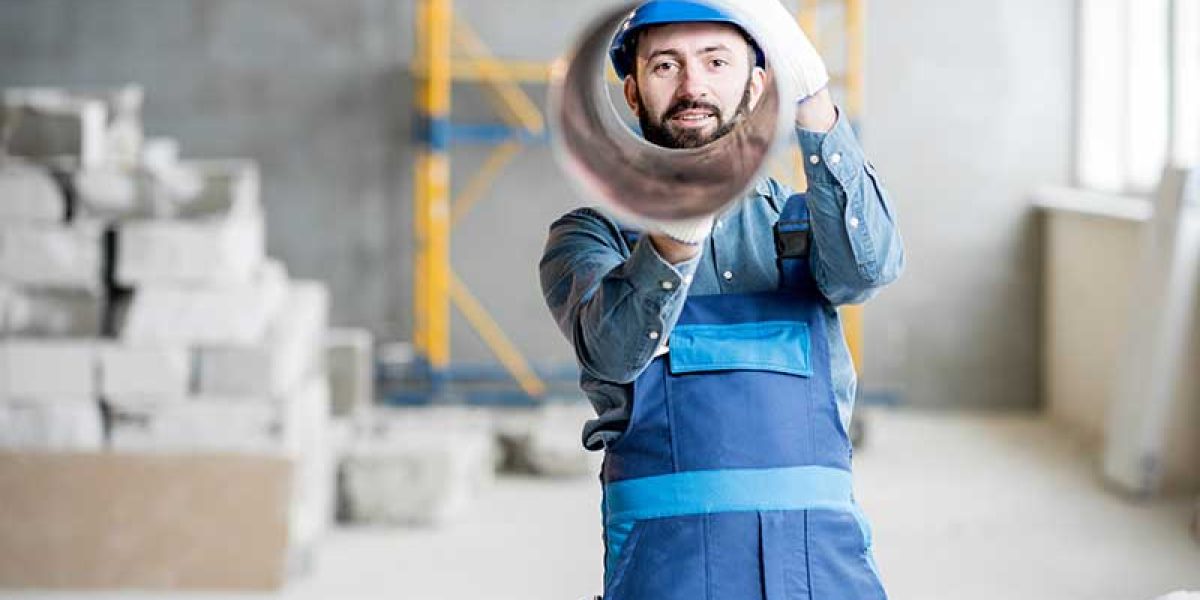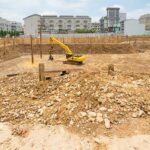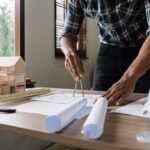When imagining the ideal building, our thoughts frequently drift to its breathtaking architecture, innovative designs, and cutting-edge amenities. Ventilation, however, plays a fundamental role in the success of any building endeavor, though it is frequently overlooked. Proper ventilation is often overshadowed by more visible aspects of construction, but it is essential to a building’s longevity, health, and efficiency. This article explains why ventilation should occupy a prominent position on the schematic of any construction project.
The Unseen Victor
Ventilation may not be as visually arresting as a grand façade or a grand foyer, but its effects are felt by every occupant within a building’s walls. Consider ventilation to be the building’s respiratory system, delivering fresh air and expelling stagnant air and potentially hazardous pollutants. Without adequate ventilation, indoor air quality can rapidly deteriorate, resulting in discomfort, health problems, and decreased productivity.
Wellness and Pleasure
The majority of our lives are spent indoors, whether at home, at work, or in recreational spaces. Inadequate ventilation can result in the accumulation of pollutants such as volatile organic compounds (VOCs), allergens, and even mold, which can induce allergies, asthma, and other respiratory issues. A building with adequate ventilation, on the other hand, guarantees a constant flow of fresh air, removing contaminants and creating a healthier environment for its occupants. This, in turn, contributes to enhanced levels of comfort and well-being.
Energy Conservation
Energy efficiency is a benefit of appropriate ventilation that is often overlooked. Inadequate ventilation in a building can result in a reliance on mechanical heating and cooling systems, leading to increased energy consumption and utility expenditures. In contrast, a ventilation system that has been attentively designed can work in tandem with these systems to reduce the need for excessive heating or cooling by naturally regulating indoor temperature and humidity.
Maintaining the Building’s Durability
Maintaining the structural integrity of a building is also dependent upon adequate ventilation. If moisture is permitted to accumulate due to inadequate ventilation, it can cause rot, corrosion, and the growth of mold and mildew. This can eventually compromise the building’s structural integrity and aesthetic appeal, necessitating costly repairs. By implementing adequate ventilation strategies, architects can prevent these problems and extend the structure’s lifespan.
Considering ventilation when designing
Planning is required to integrate effective ventilation into the design process. Architects and engineers should work together to determine the ventilation systems best suited to the building’s purpose and location. Natural ventilation techniques, such as cross-ventilation and stack effect, can be combined with mechanical systems to create a holistic approach that reduces energy consumption while preserving air quality.
The conclusion
Ventilation may not be the focal point of building discussions, but its importance cannot be overstated. Proper ventilation influences the functionality, health impact, energy efficiency, and durability of a structure. As the pillar that supports the structure and its occupants, ventilation should occupy a prominent position in every construction project. By recognizing the significance of ventilation and implementing intelligent ventilation strategies, builders can create spaces that bear the test of time, ensuring the comfort and well-being of all who enter.








